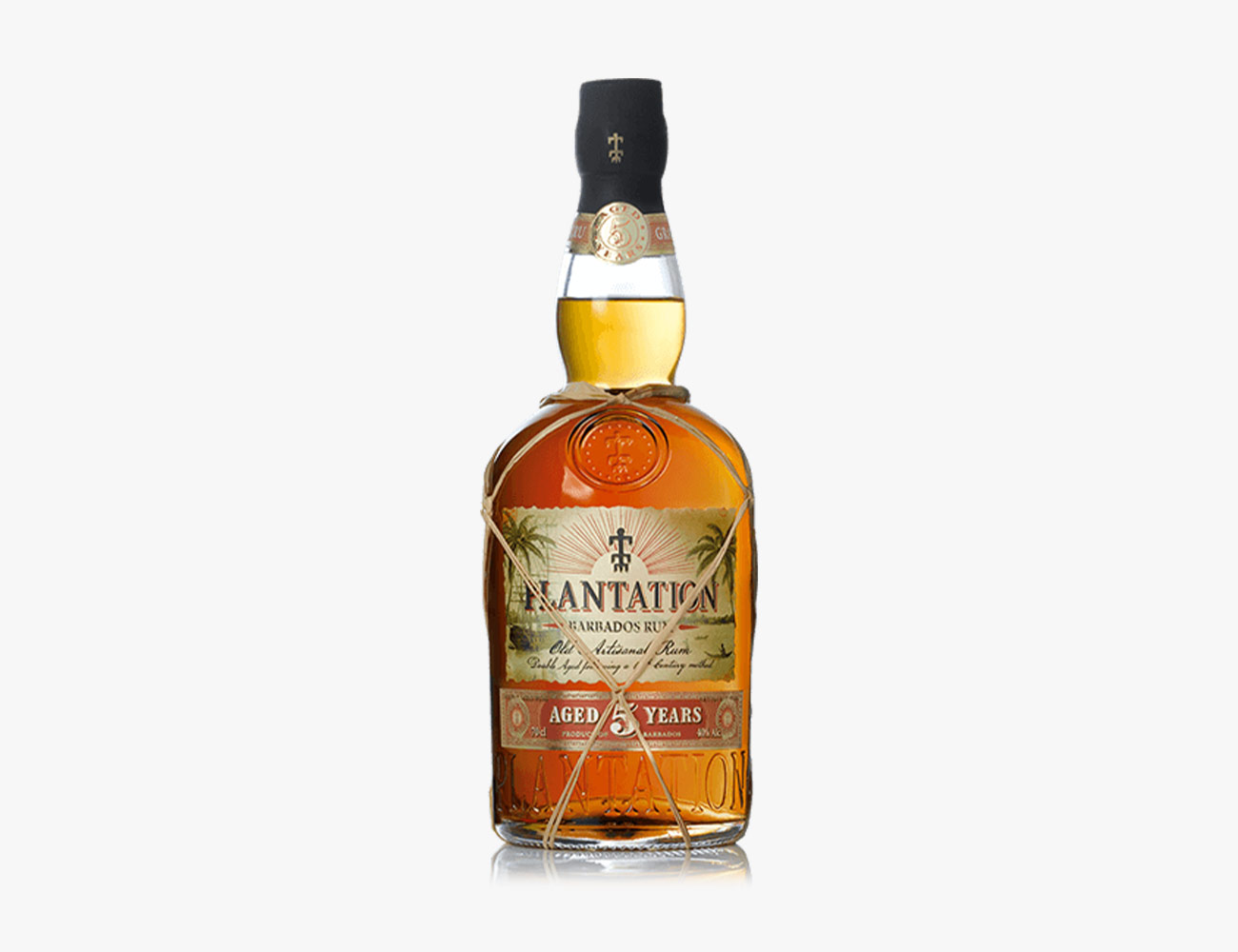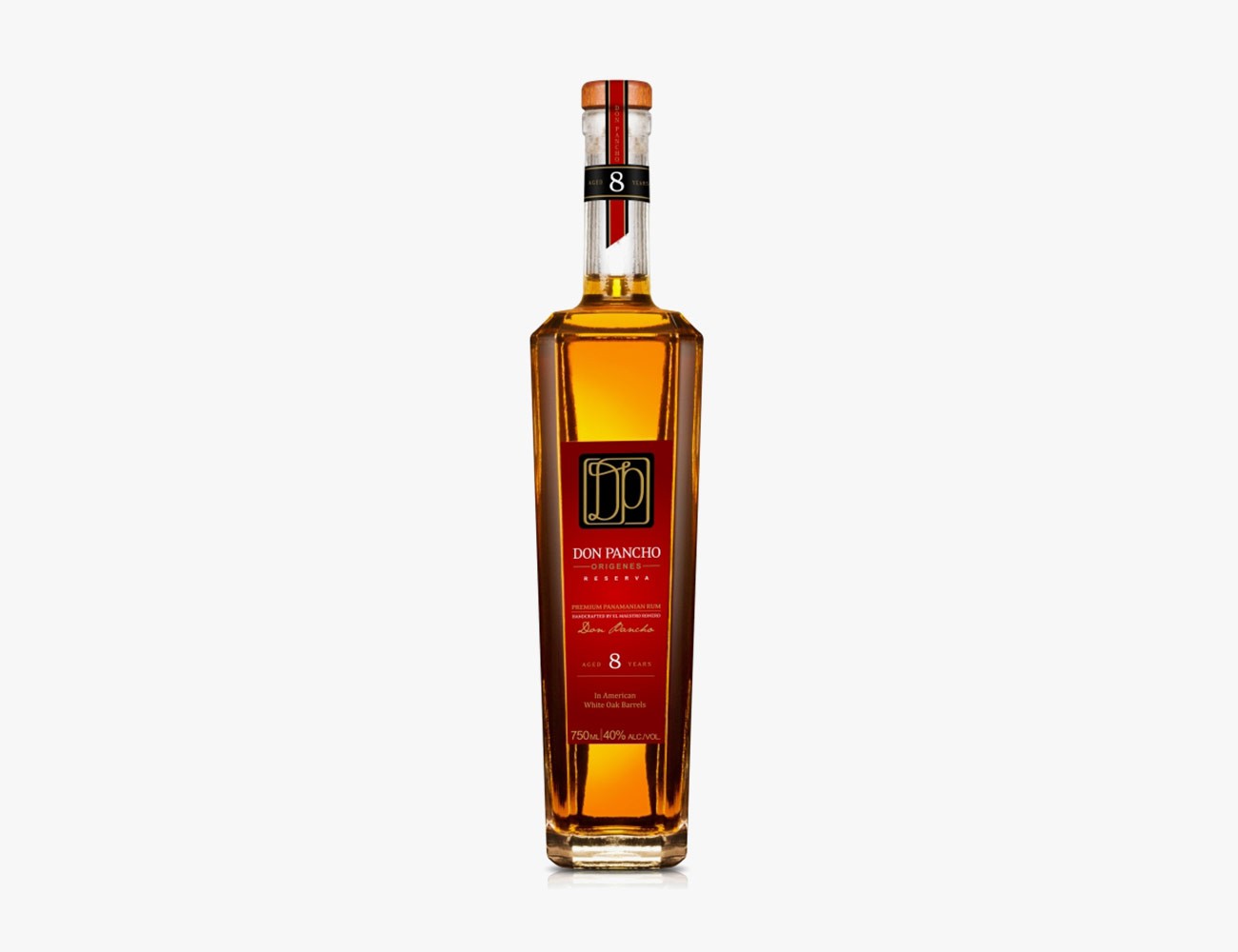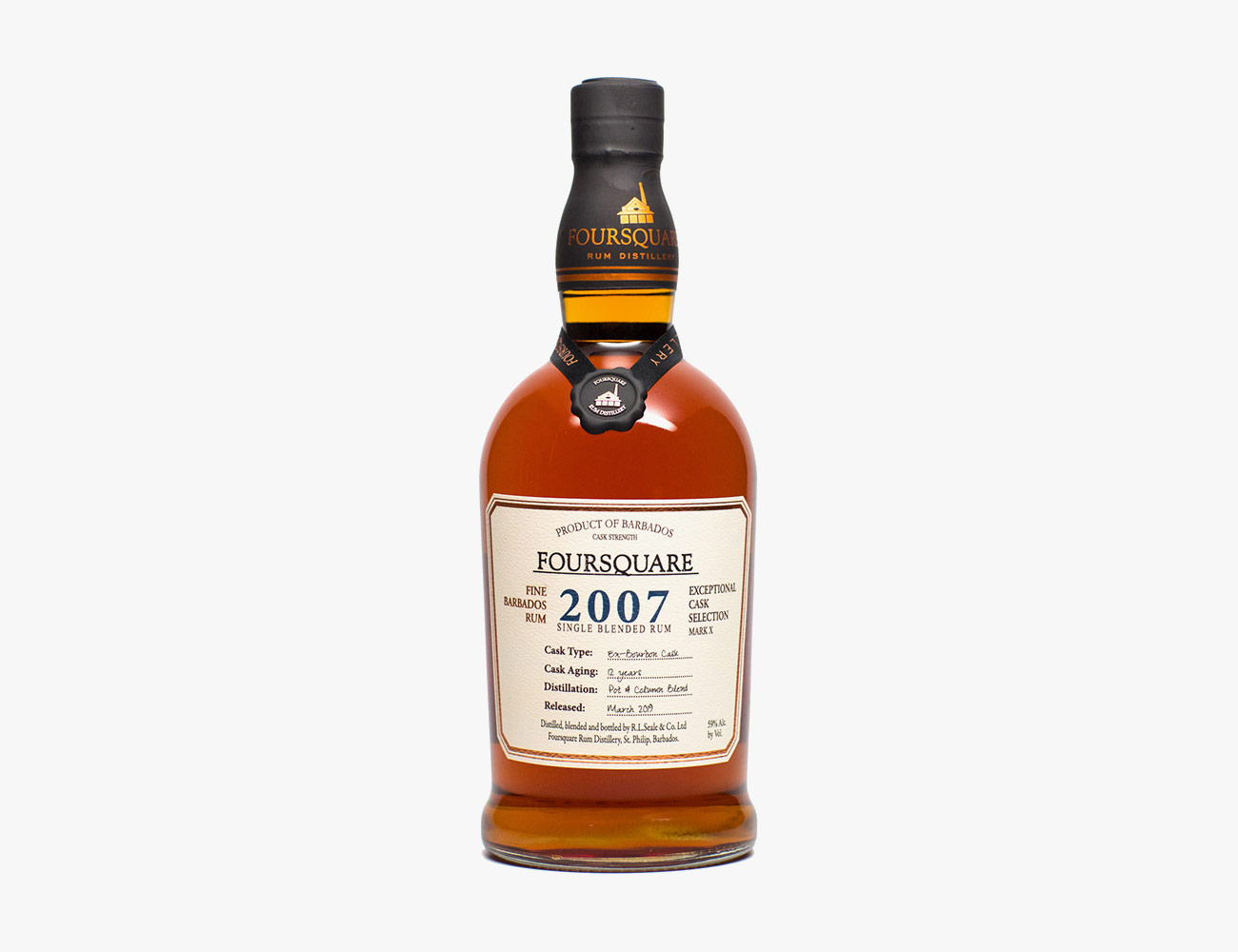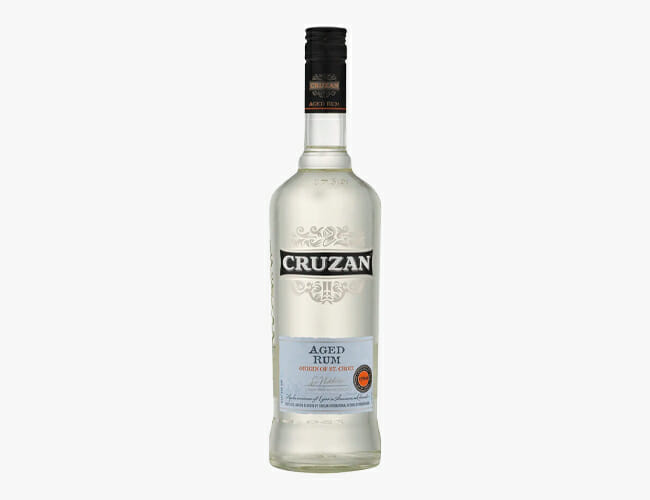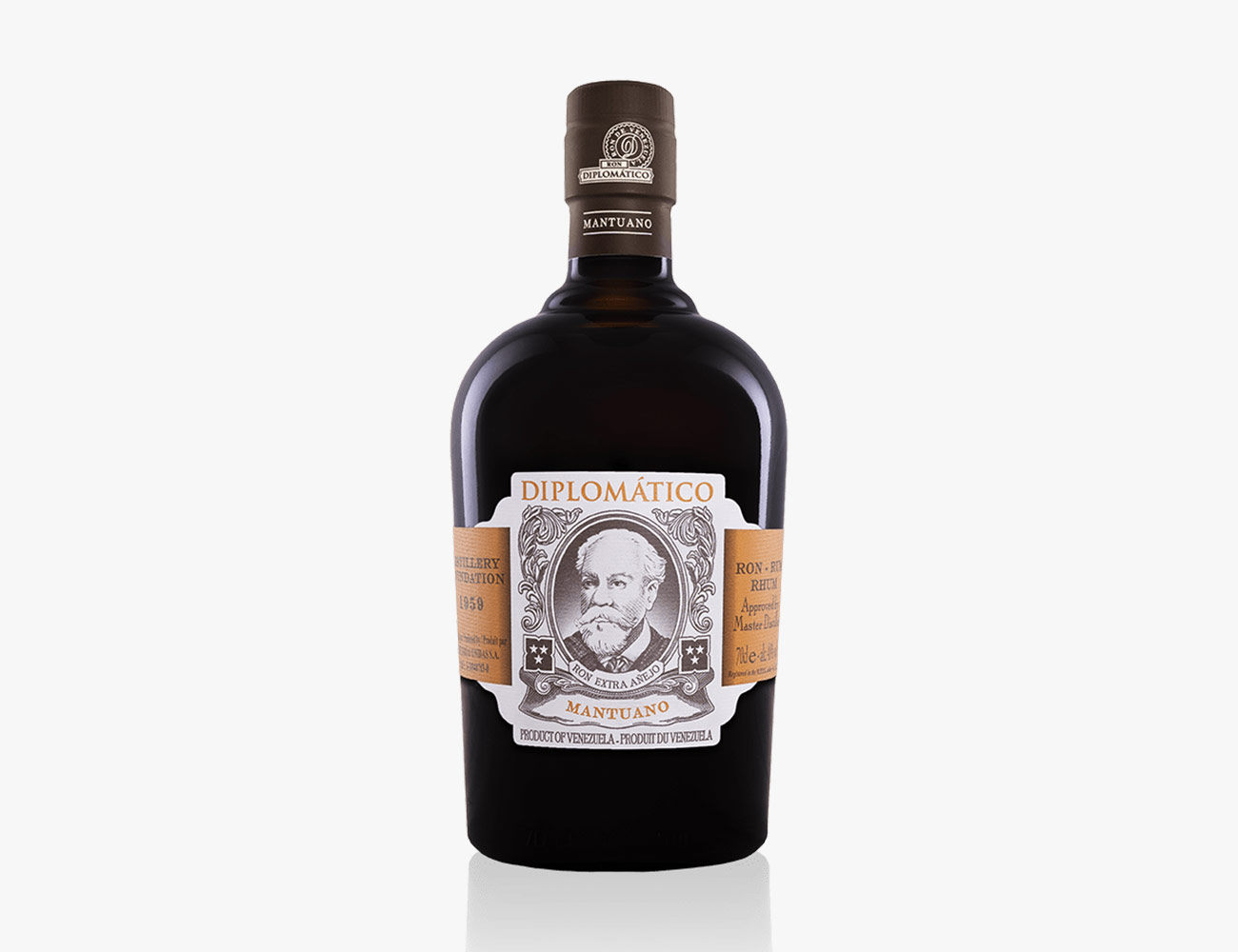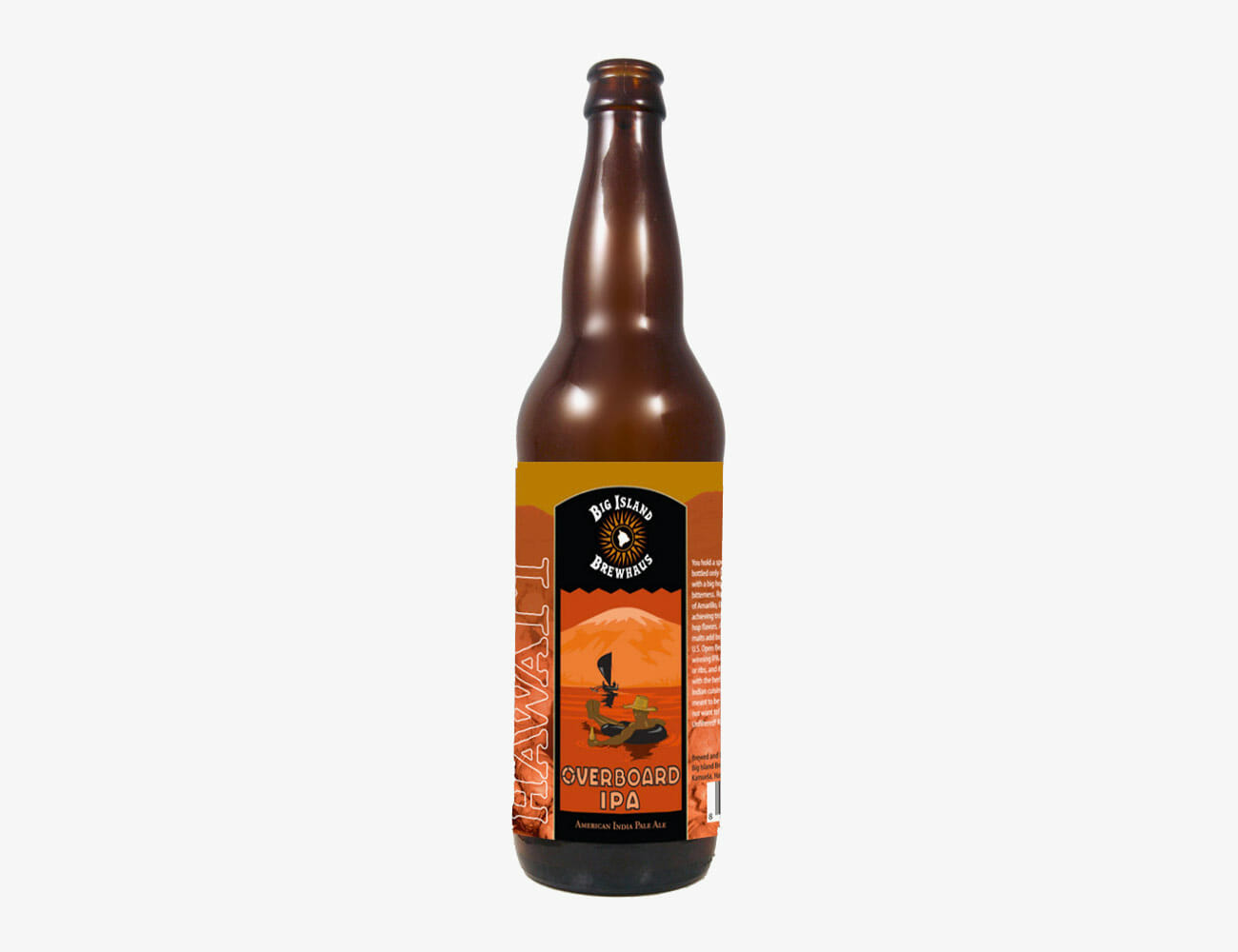The definitive guide to the best rum of 2020 explores everything you need to know to get into the rum game, from crucial terms to key label identifiers and a curated list of the best bottles for every boozy situation at every price point.
With rum-focused bars opening at an increasing speed and top-shelf bottles popping up on liquor store shelves across the country, rum has come a long way since the days of pirate-laden jugs and soap-scented vacation crushers. But despite a recent status boost, it’s hard out here for a would-be rum guy. This guide breaks down everything you need to know to get into the rum game, from crucial terms to key label identifiers and a curated list of the best bottles for every boozy situation at every price point.
The Short List
Best Value Rum: Plantation Barbados 5 Years
Average Price: $23
Proof: 80
Distiller: Plantation Rum/Maison Ferrand
Country of Origin: Barbados
It’s not the cheapest on the shelf, but this crowdpleaser from Cognac powerhouse Maison Ferrand is worth every penny. The pot and column still blend sits in spent bourbon barrels for three to four years before jetting across the pond for a one to two year stay in French oak at its lauded parent company’s Château de Bonbonnet. The result is mahogany-hued layers of toasted coconut, orange peel and vanilla, finished with a hit of cinnamon-dusted marzipan.
Best Cocktail Rum: Don Pancho Origenes Reserva 8 Year
Average Price: $35
Proof: 80
Distiller: Don Pancho Origenes
Country of Origin: Panama
A quality cocktail rum should always aim to strike a happy medium—dark but not too sweet, light but not too dry, bold but mutable, interesting enough to stand on its own but mellow enough to cushion an onslaught of sugar and acid. This Panamanian head-turner, aged for a minimum of eight years in used Kentucky bourbon casks, hits all the marks by delivering a steady stream of supple brown butter, vanilla, roasted chestnut, and spiced wet tobacco.
Best Sipping Rum: Foursquare Rum 2007 Single Blended 12 Year
Average Price: $86
Proof: 118
Distiller: Foursquare Distillery (R.L. Seale & Co. Ltd)
Country of Origin: Barbados
Dubbed “the Pappy of rum,” the celebrated distillery behind this limited edition expression is helmed by fourth-generation trader and distiller and renowned rum advocate Richard Seale. This formidable cask strength expression — a pot and column still blend aged separately in ex-Bourbon barrels for 12 years before marrying in the bottle — is as exceptional as it is accessible. Cream and apple pie bursts on the nose while tropical fruit plays across the palate, followed by a rush of toffee and peppery oak that lingers.
Rum Terms to Know
Overproof: Rum bottled at more than 50 percent ABV (or 100 proof).
Column Still: One of two basic rum distilling methods employed since the 19th Century. Setups typically consists of two tall, stainless steel tubes filled with metal plates that extract impurities from heated alcohol vapors as they rise through the system.
Pot Still: The older and more straight-forward of rum’s two basic distilling methods. The typical setup includes a wide pot-shaped kettle topped by a taller, thinner gooseneck which connects to a condenser for trapping and separating heated alcoholic vapors.
Agricole/Rhum Agricole: Rum produced in the French West Indies, namely Martinique and Guadeloupe. French for “agricultural rum,” this category is more strictly regulated and must be distilled from freshly extracted sugarcane juice as opposed to molasses. Rhums Agricole are often brighter, grassier and more herbaceous than their molasses-derived counterparts.
Cachaça: A Brazillian spirit distilled from sugarcane juice and bottled at no more than 54 percent ABV. While not widely considered a true rum on the consumer side, US regulators officially categorize it as one.
Demerara: Rums hailing from Guyana, the name is a reference to the Demerara river. Despite the name, these rums are not necessarily made with high-quality demerara sugar.
Esters: Flavorful chemical compounds produced when alcohol mixes with acid during fermentation and barrel-aging. A rum’s ester quantity signifies the intensity of key taste and aroma components like bananas and tropical fruit.
Dunder: Yeasty, ester-rich liquid left over after distillation is complete. Jamaican distilleries often conserve this funky byproduct and use it to facilitate the fermentation of future batches of rum.
Molasses: The thick, sweet, vicious, and dark-hued syrup left over after raw sugar has been crystallized out of cane or sugar beet juice during the refining process. Fermented molasses serves as the primary base liquid for most of the world’s rums.
Vésou: The French word for the freshly-extracted sugarcane juice used in the production of Rhum Agricole.
Quick Guide to Rum Labels
Proof/ABV: All rum imported into the US must list its alcohol content on its label. Most rum is bottled in the 80 proof range, or 40 percent ABV, with overproof running between 75 percent to 80 percent ABV and flavored rums dipping slightly below to 35 percent ABV. As a rule of thumb, rums between 80 and 110 proof are more suitable for sipping while weaker and stronger rums are better suited for layered cocktails.
Age Statements: Distillers aren’t required to state barrel-aging information, though some elect to anyway. If a label clearly reads “Aged 10 years,” that’s an indication of the final product’s youngest component. Be mindful of brands that add numbers to their names but avoid mentioning “years” (see: Zacapa 23), as these don’t necessarily reflect the blend’s age. The rules around aging rum and age statement requirements differ from country to country, so age statement purists are out of luck.
Rum, Rhum, Ron: Broadly, rum can be separated into three styles: English, French and Spanish. When the label reads “rum,” it’s probably an English-style rum, derived from molasses and produced by a former or current British colony. “Rhum” indicates French-style rums made with fresh sugar cane while Spanish-style “ron” is distilled from molasses and comes from Spanish-speaking Caribbean islands and Latin America.
Country of Origin: Different regions are associated with different fermenting, distilling and bottling practices, resulting in distinct flavor profiles that vary wildly from country to country. In general, English-style rums from Jamaica, Trinidad and St. Lucia are known for their funky, banana-laden boldness and spicy heat; French rhums are often earthier, lighter and more verdant; and Spanish-style rums from Cuba and Puerto Rico tend to be a bit sweeter, rounder and more oily.

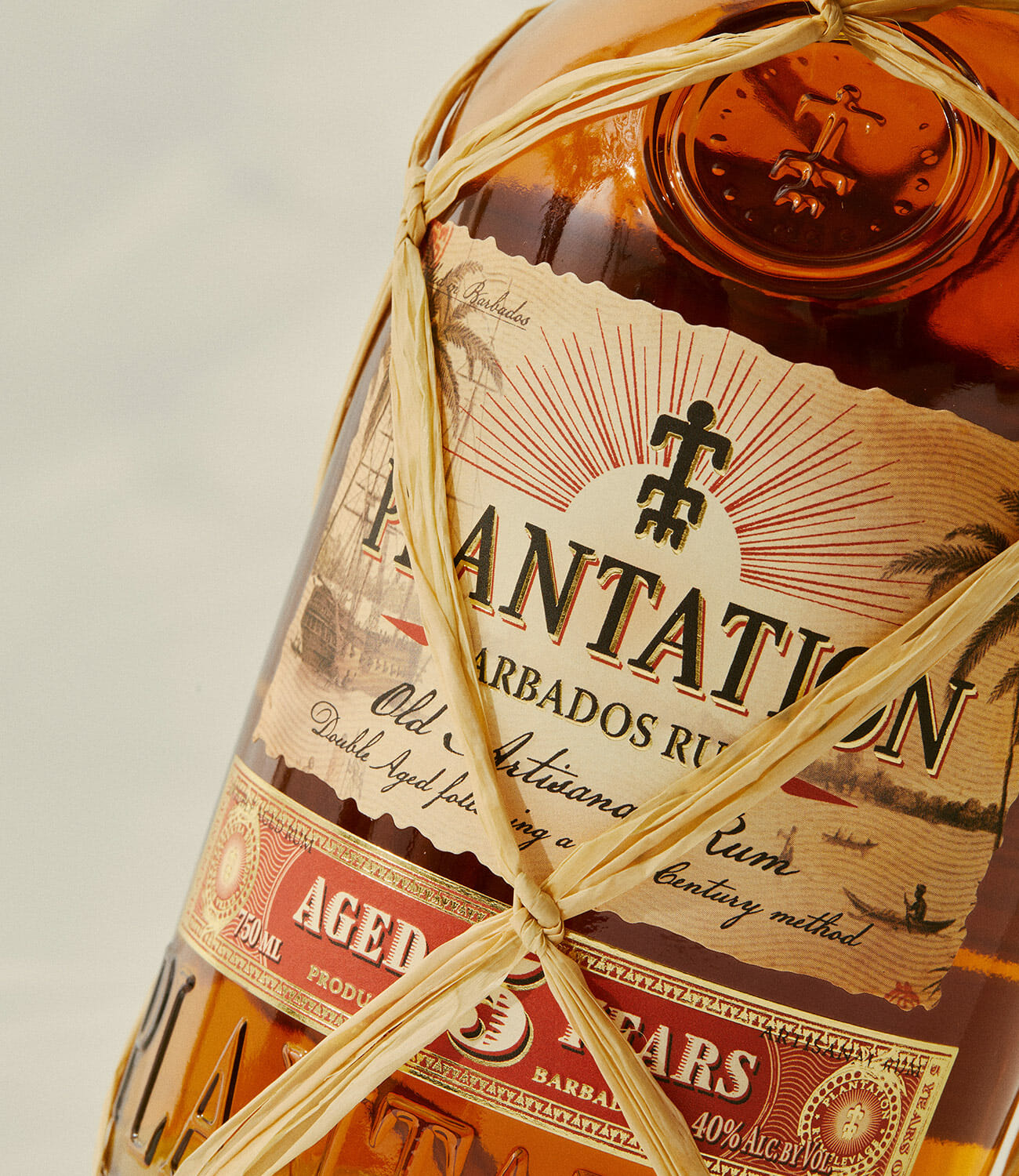
Best Budget Rums
Best Value Rum: Plantation Barbados 5 Years
Average Price: $23
Proof: 80
Distiller: Plantation Rum/Maison Ferrand
Country of Origin: Barbados
It’s not the cheapest on the shelf, but this crowdpleaser from Cognac powerhouse Maison Ferrand is worth every penny. The pot and column still blend sits in spent bourbon barrels for three to four years before jetting across the pond for a one to two year stay in French oak at its lauded parent company’s Château de Bonbonnet. The result is mahogany-hued layers of toasted coconut, orange peel and vanilla, finished with a hit of cinnamon-dusted marzipan.
Best Cheap Rum: Cruzan Light Aged Rum
Average Price: $9
Proof: 80
Distiller: Cruzan Rum Distillery
Country of Origin: US Virgin Islands
If you’re looking to jazz up your Coke or spike a tropical party punch without breaking the bank, this Virgin Islands stalwart will do the trick. The newmake spirit is aged on oak for one to four years then filtered to remove the wood-influenced color, making for a surprisingly sturdy white option with light vanilla flavors. It drinks clean and dry, complemented by an relaxed oakiness ideal for mixing.
Best Gateway Rum: Diplomático Mantuano
Average Price: $26
Proof: 80
Distiller: Ron Diplomatico Diplomático
Country of Origin: Venezuela
Spanish-style rums are great sipping rums as they tend to share flavor profiles with familiar brown spirits like bourbon and brandy. This Venezuelan mainstay is a blend of column, batch kettle and pot still rums aged for a maximum of eight years in used bourbon and malt whiskey barrels. Notes of stone fruit and juicy dates dominate the nose, giving way to warm vanilla, chestnut and a tinge of oak that finishes long and dry.


Best Everyday Rums
Best Overproof Rum: Lemon Hart 151
Average Price: $33
Proof: 151
Distiller: Lemon Hart Rum
Country of Origin: Guyana
Overproof rums are tricky. Notoriously powerful, unrepentantly bold and literally explosive, most home bartenders have no clue how to handle them. Here’s a hint: they were made to tiki. Take this brazen Demerara—loaded with salted caramel, fruity esters, baking spices, bitter citrus peel and a heaping spoonful of black pepper. It’s perfect for adding heat, dimension and depth to everything from basic Planters Punches and Hurricanes to more complicated Zombies and Mai Tais.
Best White Rum: Flor De Caña 4 Year Extra Seco
Average Price: $20
Proof: 80
Distiller: Flor De Caña
Country of Origin: Nicaragua
This bargain-priced Nicaraguan refresher opens with a nuanced bouquet of almond butter, vanilla, and orange blossoms followed by crisp green apple, banana, and tobacco on the mid-palate. It’s versatile and reliable and an excellent go-to for warm weather classics like mojitos, punches and daiquiris.
Best Spiced Rum: Chairman’s Reserve Spiced
Average Price: $27
Proof: 80
Distiller: St. Lucia Distillers
Country of Origin: St. Lucia
Spiced rums get a bad rap because the category was long defined by overly sweet frat party juice, rife with artificial colors and other additives. Done right, a good spiced rum goes hard. This column and pot still combo spends five years on American oak before being dosed with an all-natural mix of cinnamon, clove, nutmeg, vanilla, coconut, allspice, lemon and orange. After blending, it goes back into the barrel for six months to seal in all those flavors. Herby, refined and intoxicatingly festive, it’s a dessert in a glass.
Best Dark Rum: Koloa Kaua‘i Dark Rum
Average Price: $36
Proof: 80
Distiller: Koloa Rum Company
Country of Origin: USA
Much like its spiced sister, dark rum doesn’t typically make it onto a rum connoisseur’s hit list, but this bottle from Hawaii’s Koloa Rum Company is worth trying (for a solid Dark ‘n Stormy, at least). Distilled in a copper pot still from crystallized sugar, it’s left unaged and instead infused with an extra serving of caramelized sugar for a sexy espresso-toned exterior and a dry, vanilla-laden finish.
Best Gold Rum: Rhum J.M E.S.B. Gold
Average Price: $35
Proof: 100
Distiller: Rhum J.M
Country of Origin: Martinique
Despite tipping the scales at 50 percent ABV and spending just one year aging in re-charred bourbon barrels, Rhum J.M’s award-winning gold rhum agricole exudes remarkable maturity. Complex yet approachable, the spirit ably showcases Martinique’s rich terroir in its brilliant amber hue, snickerdoodle spice and satisfying notes of hazelnut, cedar, fresh hay and banana.
Best Cocktail Rum: Don Pancho Origenes Reserva 8 Year
Average Price: $35
Proof: 80
Distiller: Don Pancho Origenes
Country of Origin: Panama
A quality cocktail rum should always aim to strike a happy medium—dark but not too sweet, light but not too dry, bold but mutable, interesting enough to stand on its own but mellow enough to cushion an onslaught of sugar and acid. This Panamanian head-turner, aged for a minimum of eight years in used Kentucky bourbon casks, hits all the marks by delivering a steady stream of supple brown butter, vanilla, roasted chestnut, and spiced wet tobacco.


Best Upgrade Rums
Best Sipping Rum: Foursquare Rum 2007 Single Blended 12 Year
Average Price: $86
Proof: 118
Distiller: Foursquare Distillery (R.L. Seale & Co. Ltd)
Country of Origin: Barbados
Dubbed “the Pappy of rum,” the celebrated distillery behind this limited edition expression is helmed by fourth-generation trader and distiller and renowned rum advocate Richard Seale. This formidable cask strength expression — a pot and column still blend aged separately in ex-Bourbon barrels for 12 years before marrying in the bottle — is as exceptional as it is accessible. Cream and apple pie bursts on the nose while tropical fruit plays across the palate, followed by a rush of toffee and peppery oak that lingers.
Best Rum to Gift: The Real McCoy 14-Year-Old Limited Edition
Average Price: $75
Proof: 92
Distiller: Foursquare Distillery (R.L. Seale & Co. Ltd) & Real McCoy Spirits
Country of Origin: Barbados
Explosive and sophisticated, this 2019 small batch exclusive was bottled by Real McCoy using 14-year-old juice from Barbados’s legendary Foursquare Distillery. If Richard Seale touched it, you know it’s gold, and this one’s no exception. Initially smacking of clove spice and Big Red heat, each sip is richer than the last.
Best Craft Rum: Privateer Navy Yard Barrel Proof
Average Price: $45
Proof: 110
Distiller: Privateer Rum
Country of Origin: USA
It’s no exaggeration to say that Massachusetts’s Privateer Rum is putting out some of the country’s most impressive and inspired small-batch spirits. Derived from 100 percent Grade A Molasses under the watchful eye of Master Distiller Maggie Campbell, the copper-colored charmer rests for a minimum of two years on new American oak before landing in the bottle at a deceptively quaffable 55 percent ABV. It smells like vanilla and tastes like Dr. Pepper.
Best Splurge Rum: Appleton Estate Joy Anniversary Blend 25 Year
Average Price: $250
Proof: 90
Distiller: Appleton Estate
Country of Origin: Jamaica
If you’ve got the cash to burn, this limited edition blend from Jamaica’s iconic Appleton Estate is a bucket-list must. A nod to longtime Master Blender Joy Spence, the elegantly silhouetted bottle is almost as pretty as what it contains; a satiny blend dating as far back as 1981, Spence’s first year with the company. Open the bottle and the room smells like orange zest and ginger. Take a sip and and taste the rum rainbow: butterscotch, marzipan, oatmeal raisin and tropical fruit give way to clove, allspice, pepper and dark brown sugar. There’s nothing like it.



